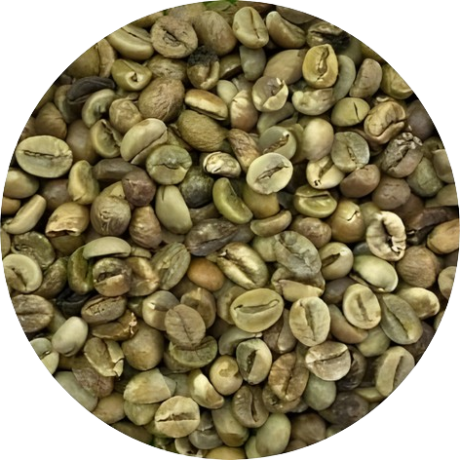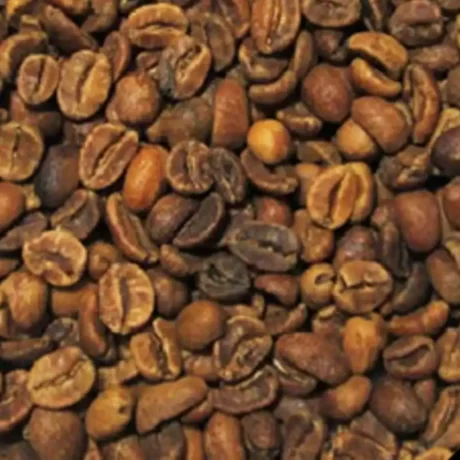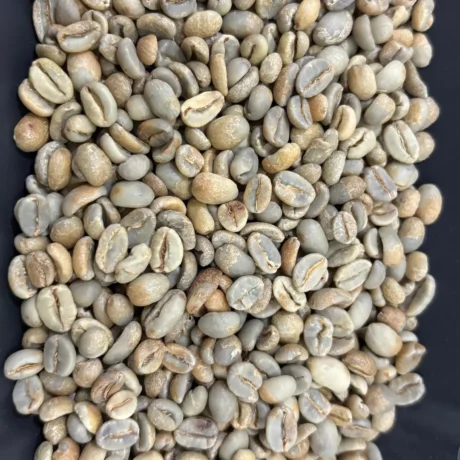From Farm to Flavor: Why Specialty Coffee Grading Matters More Than You Think
You’re sipping your morning brew, eyes still adjusting to the light. The aroma? Rich. The taste? Smooth, vibrant, almost fruity. Ever wondered why this cup hits differently compared to others that taste flat or bitter? The secret lies in something most coffee lovers never see: specialty coffee grading.
Behind every velvety sip is a journey—one that starts with sorting beans by quality, flavor potential, and precision. Whether it’s a bold Sumatra Mandheling or a citrusy Ethiopian Yirgacheffe, grading determines not just price, but purity and experience.
Let’s explore what separates ordinary coffee from truly exceptional, specialty-grade beans—and why that matters every time you brew.
What Is Specialty Coffee Grading?

At its core, specialty coffee grading is a quality control system used around the world to evaluate green (unroasted) coffee beans. It considers:
- Defect count (primary and secondary)
- Moisture level
- Bean size and consistency
- Flavor profile via cupping
Think of it like a talent scout for coffee. Only the most promising beans—those with clean flavors, balanced acidity, and standout aroma—earn the title “specialty.”
To dive deeper into perfect brew balance, check out The Art of French Press Coffee Ratio.
Two Coffee Grading Giants: SCA vs. SNI
1. SCA Grading: The Global Gold Standard
The Specialty Coffee Association (SCA) sets international benchmarks for Arabica beans. Using a 350g green bean sample, SCA evaluators inspect for defects and flavor, scoring out of 100. Beans scoring 80+? That’s specialty.
Here’s the breakdown:
- Specialty Grade:
- 0 primary defects
- ≤5 secondary defects
- No taints or faults
- Moisture 9–13%
- At least one unique sensory trait (e.g., floral aroma)
- Premium Grade:
- Up to 8 secondary defects
- Clean but less complex cup
- Exchange & Below Standard:
- Up to 86 defects
- Found in many commercial blends
- Off Grade:
- Over 86 defects
- Bitter, sour, or inconsistent
Explore more on quality variations in our Sumatra coffee flavor guide.
2. Indonesia’s SNI System: Grading with Local Wisdom
In Indonesia, where coffee landscapes stretch from Aceh to Flores, the SNI (Standar Nasional Indonesia) grading system caters to local needs and processing styles. It uses a 300g sample and focuses heavily on visual and physical defects.
SNI Coffee Grades:
- Grade 1: Up to 11 defects
- Grade 2–3: 12–44 defects
- Grade 4a/4b: Up to 80 defects
- Grade 5–6: Over 150 defects
Beans like Aceh Gayo Grade 1 routinely beat expectations, offering premium flavor with minimal flaws. Discover more in our guide to choosing the best Aceh Gayo beans.
What Actually Counts as a Defect?
Not all beans are created equal—and defects tell that story. Graders inspect for:
☠️ Primary Defects (Major Offenders):
- Black or sour beans
- Moldy or fermented beans
- Insect damage
⚠️ Secondary Defects (Still Serious):
- Cracked or broken beans
- Light discoloration
- Bits of parchment or shells
Too many defects? Even flavorful beans get downgraded.
From Sorting to Sipping: The Role of Cupping
After sorting, it’s time to taste.
Cupping is a ritual where trained experts brew small batches and evaluate:
- Aroma and fragrance
- Sweetness and acidity
- Balance and mouthfeel
- Cleanliness and aftertaste
Only beans scoring 80+ on the SCA scale earn the specialty badge.
Want to master the tasting game? Learn more in SCA cupping form: the secret to becoming a coffee pro.
Why Specialty Coffee Grading Should Matter to You
Specialty coffee grading isn’t just about bean beauty—it’s about ensuring the best possible cup lands in your hands. Here’s why it counts:
- 🎯 Consistency: No more guessing if your next cup will disappoint.
- 💰 Fair Pricing: Farmers get paid what their beans are truly worth.
- 🔍 Transparency: From origin to flavor notes, you know what’s in your cup.
- 🌱 Sustainability: High-grade beans support better farming practices.
Dive into how grading and sourcing play a role in sustainable coffee production.
Choosing Beans That Deserve the Hype
Shopping for coffee? Ask these:
- Is it specialty grade or premium?
- What’s the cupping score?
- Any info on origin and processing?
Tip: Start your journey with sample packs or explore different brewing styles using these 7 secret tricks to make your coffee better than a coffee shop.
Final Sip: What Grade’s in Your Grinder?
Every bean tells a story. From hand-picking on a misty farm to meticulous cupping in a quiet lab, specialty coffee grading ensures that only the best beans make it to your brew.
So next time you take a sip, ask yourself—what grade is it? Was it chosen through specialty coffee grading, or just mass production? Every cup tells a different story.
Curious where to start?
Explore Indonesia Specialty Coffee – Which One Is the Best?
or dive into our Coffee Sampler Packs.
Actionable Takeaway: Next time you buy beans, don’t just look at roast level. Ask about grading, check the cupping score, and explore new origins—you just might find your perfect cup.
What will you brew next: a globally graded gem or a local Indonesian legend?
Want more brewing brilliance? Discover the ideal brewing time for pour-over or learn how to store beans for peak freshness.




